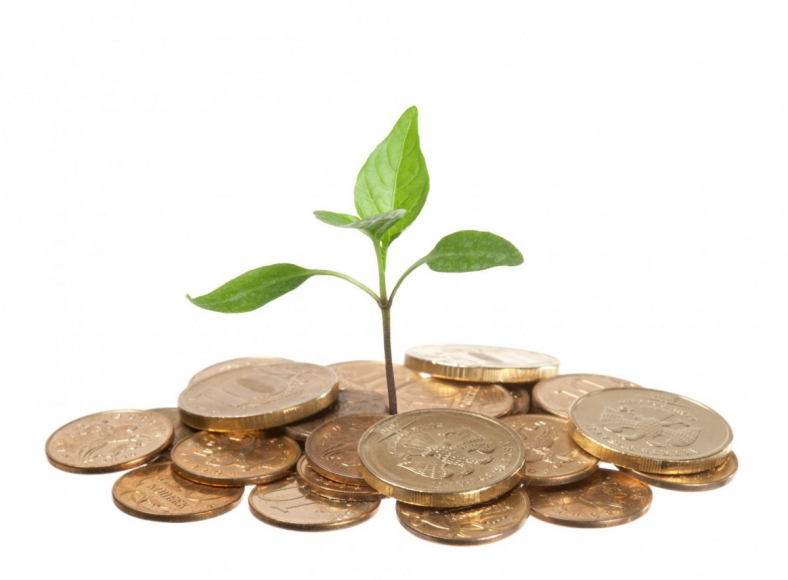While most understand that “when the economics work, the social and environmental benefits last,” many barriers remain for those wishing to accelerate the pace and effectiveness at which sustainability initiatives are funded and implemented, including:
- the lack of a demonstrated link between sustainability and business value;
- failure to communicate the strategic potential of such efforts in a way investment decision-makers can understand and appreciate; and
- not leveraging proven, familiar processes (that other company functions have applied) to accelerate decision-making and scale solution implementation.
Accenture’s 2013 CEO survey (UN-Global Compact – Accenture CEO Study 2013: Sustainable business and the pace of change) seems to agree, reporting that 37% of 1,000 top executives feel that the lack of a clear link to business value is a critical factor in deterring them from taking faster action on sustainability. It should be noted that this percentage is increasing: in 2007, just 18% reported a failure to trace such a link and in 2010, this figure rose to 30%.
Our experience confirms this trend, as we regularly note good projects that do not receive sufficient (or any) investment as these initiatives are perceived as failing to deliver competitive business value.
From our vantage point, there are two principal challenges that need to be overcome for sustainability to be viewed as a more critical contributor:
Challenge #1
First, the “equations” for presenting business cases do not sufficiently include all the benefits of sustainability investments – specifically, these efforts should include an accounting of potential contributions such investments could make in terms of:
- Offsetting of risk (brand risk, reputation risk, supply/commodity risk, regulatory risk, etc.);
- Delivering efficiency gains; and/or
- Adding revenue/market share (via innovation and/or building brand/reputational equity).
Without accounting for and quantifying all these dimensions, sustainability investments risk appearing less important than other business investments and hence are perceived as not carrying as much “strategic weight.”
Challenge #2
Second, sustainability departments are generally not equipped to build and pitch multi-dimensional business cases – this requires a combination of strategic, financial and political skills rarely found among these practitioners. Challenging questions are being posed, and few confident answers are being provided:
- Are we realizing value expected from existing, funded sustainability strategies?
- We have many sustainability investment choices, but which ones are the best for our business?
- How confident are we that our actions will yield the tangible and intangible benefits promised by the business case?
- Do we understand the true business impact and cost of doing nothing?
- How do we increase the reliability and credibility of our business case analyses, and therein, how can we increase the confidence of our sustainability investment decision-making?






